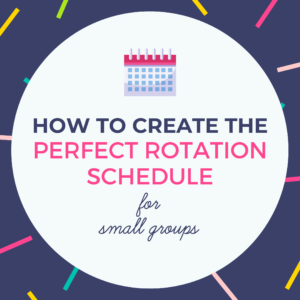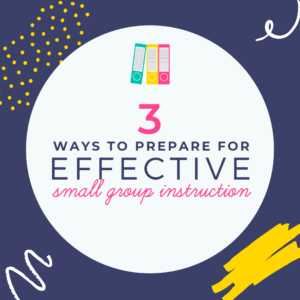Decimal Dash: A Decimal Game for Practice and Review
Decimals are hard! They can be especially tricky for some students. The more practice and exposure we can provide our students the better! I love decimal dash because it is a low stakes, low stress game that involves movement and working together!
We developed Decimal Dash for our fourth grade students because we noticed they needed extra practice when it came to ordering and comparing decimals when no visual clues were given. We wanted to do something interactive and fun and not just another worksheet. No one (literally no one!) wants just another worksheet!
What is Decimal Dash?
Decimal Dash includes 4 sets of eight decimals. In order to differentiate the sets each one has a different background design. Each card has a decimal written to the tenths or hundredths place. Some of the decimals have equivalents- for example: 7.9 and 7.90.
What do you need to play Decimal Dash?
You will need to print your cards ahead of time. If you choose to print the black and white version, we recommend printing each design on a different color paper. We also like to laminate the cards for durability. This will allow you to use the same cards multiple years in a row.
How do you play Decimal Dash?
One of the things we really like about Decimal Dash is how versatile it is. We have used it as a whole class activity all the way down to an individual RtI lesson. Here are some of the ways we suggest you use Decimal Dash:
Whole Group: Every man for himself!
- Distribute the cards face down.
- On your signal all students turn their decimals over and put themselves in order with students who have the same design (or same color) per your directions (greatest to least or least to greatest). We have our students stand in a normal line (as if walking down the hall).
- After playing a few times, you can make it more challenging by not allowing the students to talk while getting in order. Hand signals only! We have our students stand shoulder to shoulder with someone whose decimal is equivalent to theirs. (7.9 and 7.90)
- If someone is in the wrong spot we indicate the general area of the mistake and have the students figure out what needs to be done to fix it. When everyone is in the correct spot they exchange decimals with someone that has a different color (or design) and we play again.
- For an even greater challenge, you can have students line up as an entire class using all the colors together. You can also tell the class there is a mistake without indicating where the mistake is.
Groups: Teamwork makes the dream work!
- Divide your class into 2-3 groups.
- Each group gets a different design face down in a stack. We recommend using two-three designs at the same time to ensure a variety of decimals as well as ensuring there are a couple of equivalent decimals.
- On your signal the group works together to put their decimals in order.
- Again, it is up to you whether or not you allow talking. Our students always enjoy coming up with a unique signal to let us know when they have their decimals in order.
- We also tell them everyone has to help put the decimals in order. It can’t be a few students doing all the thinking (or bossing!) while others watch.
- When the group has completed ordering the decimals correctly, switch decimals with another group (or give them a new set).
Individually/Small Group: I get by with a little help from my friends!
- After playing a few times, it will be apparent who needs some small group work.
- Pull that group to your table or carpet and help them play the game. Most of the time this remedies the misunderstandings.
- If not, find time to work with the individuals who still have difficulty ordering the decimals. The best part is when some of the students, who originally had trouble with the activity, are able to teach others in the small groups how to play. They really enjoy this! Sometimes the best teachers are the students!
COVID Friendly Modifications:
- Have the students line up in the hallway. You can tell them how many tiles need to be between them and the next student.
- See if the gym or cafeteria is available. These spaces usually allow for social distancing.
- Outdoors is also an option on a nice day!








